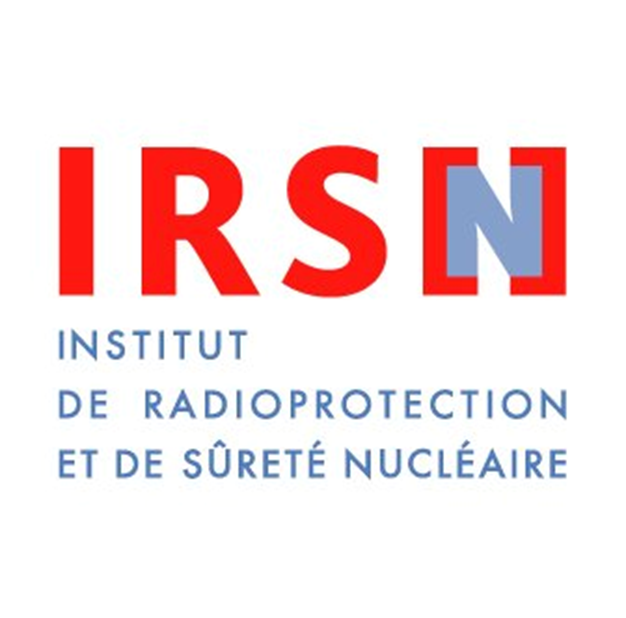Nuclear Accident At Russian Reprocessing Plant Release Radioactive Isotope Over Europe In 2017 - Part 2 of 2 Parts
Part 2 of 2 Parts (Please read Part 1 first)
The new Ring of Five report claims that the facilities at Mayak released two hundred and fifty terabecquerels (which is a measure of radioactivity) of ruthernium-106 into the atmosphere. The Kyshtym disaster mentioned above released approximately two thousand and seven hundred terabecquerels of ruthenium-106. The Chenobyl nuclear accident in Ukraine in 1986 is considered to be the worst nuclear accident in the history of the world. It is estimated that five million three hundred thousand terabecquerels of ruthenium-106 were released. This estimate comes from a study conducted in 2013.
In order to trace the origins of the 2017 radiation plume over Europe, the researchers took over a thousand measurements of the wind over Europe in the fall of 2017. They took into account the altitude and direction of the wind and weather changes that may have affected to path of the wind. Their research indicated that the radioactive plume started in the Southern Ural mountains and was driven toward southwestern Russia. The plume traveled to Romania on the 29th of September and then divided into two streams.
The main part of the divided plume headed to central Europe where it hit a rainstorm in Bulgaria. Samples of plants and soil from Bulgaria contained elevated levels of ruthenium-106. Following its encounter with the Bulgarian rainstorm, the main stream moved north towards Scandinavia and then turned south to Italy where it arrived on the 2nd of October. Italian scientists notified the Ring of Five about elevated ruthenium-106 levels in Milan on that date. Steinhauser said that this accident is the “single greatest release from nuclear-fuel reprocessing that has ever happened.”
Russian officials said in late 2017 that the radiation plume over Europe did not come from the Mayak facility in spite of the fact that there were elevated levels of ruthenium-106 over southwestern Russia at the time. Russia has made no response to either of the Ring of Five reports. Steinhauser said, “We should not forget that Mayak is a military facility — and, of course, the Russian Federation is very reluctant when it comes to talking about military facilities. I presume this would not be much different for other superpower nations.”
The scientists who have studied the radiation plume say that the level of radiation was not an immediate threat to public health. In 2018, the French Institute for Radiological Protection and Nuclear Safety officially stated that the raised levels of ruthenium-106 in 2017 did not pose a danger to human health or the environment. However, as is often the case with the release of radioactive materials into the environment, the long term consequences of exposure to radiation are difficult to anticipate.
Steinhauser is also concerns about whether or not the population around the Mayak facility inhaled any ruthenium-106 into their lungs. He suggested that it might be a good idea to monitor food for radiation that may have leaked into the soil and water around Mayak. He said, “We would like to get some more in-depth information on what actually happened. There's a good chance that we'll catch every single accident — but, in the present case, surprise was on our side.”
